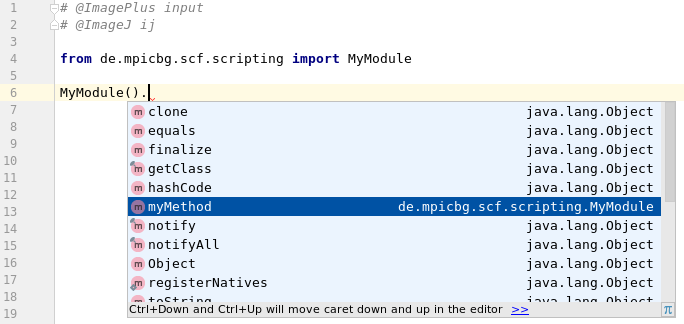


Histogram from Python+Matplotlib showing the average of 25 microns and deviation of 4 microns for the shorter ellipse axis.Table of particles and their parameters in ImageJ.Particles separated and recognized by ImageJ.There is probably a bug in the watershed function in Scikits-image, which forced me to launch ImageJ instead of python module.) (Unfortunately I did not find any more convenient way to do this without ImageJ. Finally I processed the data to plot nice histograms using Python+Scipy+Matplotlib. Then I used ImageJ to automatically recognize individual spheres using a macro. To measure a reliable size distribution of the particles, I took several photos of one sparse layer of the particles with a microscope. However the resonance was quite weak and broadband, which was expected to be mainly a result of uneven sizes of the spheres. The resonant frequency was measured to lie between 4 GHz using time-domain terahertz spectroscopy. 1) At a first glance they look like white powder. Our group in Prague received samples of tiny dielectric resonators made of TiO2 spheres with diameter of 0.03 to 0.1 mm. The process is fully automatic,Īllowing many images or samples to be processed in a batch. The particle sizes are then processed to plotĪ size distribution of the powder. Summary: I wrote a macro for the ImageJ program to automatically measure particle shapes


 0 kommentar(er)
0 kommentar(er)
